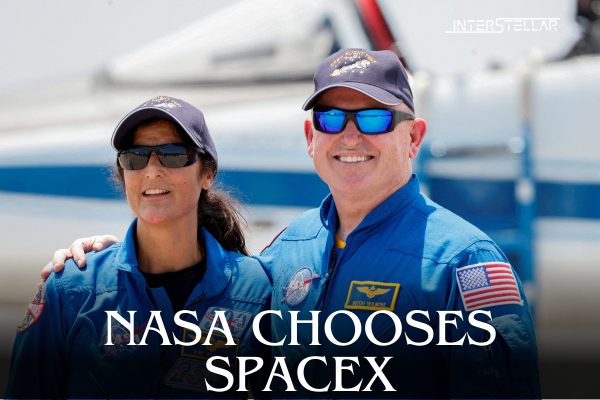NASA Redirects Astronaut Return to SpaceX Due to Boeing’s Starliner Failures
NASA has announced that two astronauts who flew to the International Space Station (ISS) in June aboard Boeing’s Starliner capsule will return to Earth using a SpaceX vehicle early next year. This decision comes after NASA deemed the Starliner’s propulsion system too risky for the crew’s return journey. The agency’s chief, Bill Nelson, revealed on Saturday that the astronauts, Butch Wilmore and Suni Williams, will now be brought home on a SpaceX Crew Dragon spacecraft in February 2025.
Boeing’s Starliner Faces Setbacks Amidst Ongoing Technical Issues
The decision marks a significant setback for Boeing, which had hoped the Starliner test mission would help redeem the troubled program. Since 2016, Starliner has experienced numerous development problems and budget overruns exceeding $1.6 billion. The spacecraft’s June mission was meant to be a crucial step toward NASA certification for routine flights, but a series of propulsion system glitches—beginning within the first 24 hours of its journey to the ISS—has led to extensive delays.
Five of Starliner’s 28 thrusters failed during the mission, and the spacecraft also suffered from helium leaks, which are critical for pressurising the thrusters. These issues have led NASA to opt for SpaceX’s Crew Dragon to safely return the astronauts, leaving Starliner’s path to certification uncertain.
Implications for Boeing and NASA’s Future Operations
NASA’s decision to use SpaceX for the return mission highlights ongoing challenges for Boeing, which is also grappling with quality issues in its commercial aircraft production. Boeing’s new CEO, Kelly Ortberg, who began his tenure this month, is tasked with addressing these challenges while rebuilding the company’s reputation. Ortberg has committed to continuing work on the Starliner’s problems once the capsule returns to Earth uncrewed.
The decision also represents a rare reshuffling of NASA’s astronaut operations, with Wilmore and Williams now expected to return in February 2025 on a SpaceX Crew Dragon that will launch as part of a routine astronaut rotation mission. NASA has decided to keep two seats on the Crew Dragon empty for the returning astronauts.
Boeing’s Starliner, designed to be a competitor to SpaceX’s Crew Dragon, has struggled since its inception. After failing an uncrewed test in 2019, the capsule showed some improvement in a 2022 redo, though thruster issues persisted. The June mission was intended to be a final step before NASA could certify the Starliner for regular crewed missions, but ongoing engineering problems have upended this plan.
A Difficult Road Ahead for Boeing
Boeing’s scramble to address the Starliner’s thruster issues and helium leaks has so far been insufficient to reassure NASA officials of the spacecraft’s safety. The agency’s decision to rely on SpaceX instead is a blow to Boeing’s efforts to establish Starliner as a viable alternative for U.S. space missions. As Boeing continues to investigate and resolve these technical challenges, the company faces increasing pressure to deliver a safe and reliable spacecraft amid its broader struggles in the aerospace industry.
Ortberg, who is already dealing with crises such as the January incident where a door panel blew off a 737 MAX passenger jet midair, now has the added challenge of steering the Starliner program back on course.





